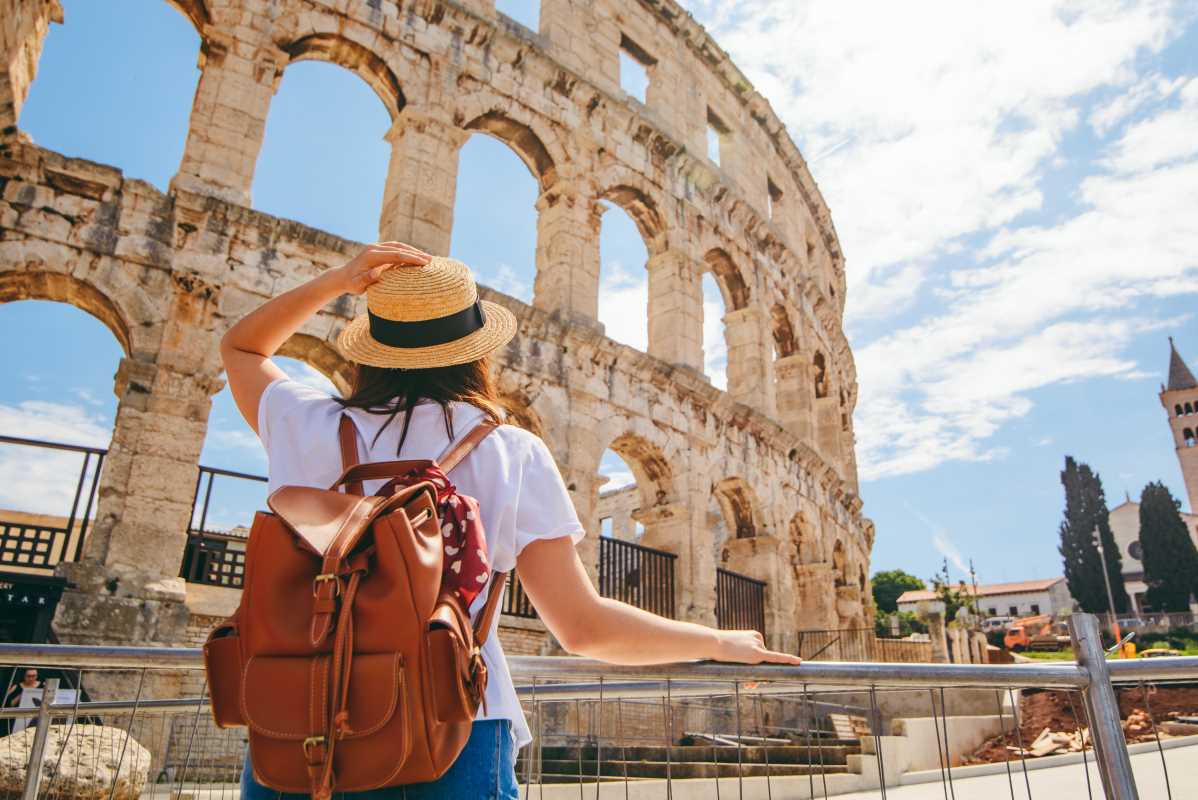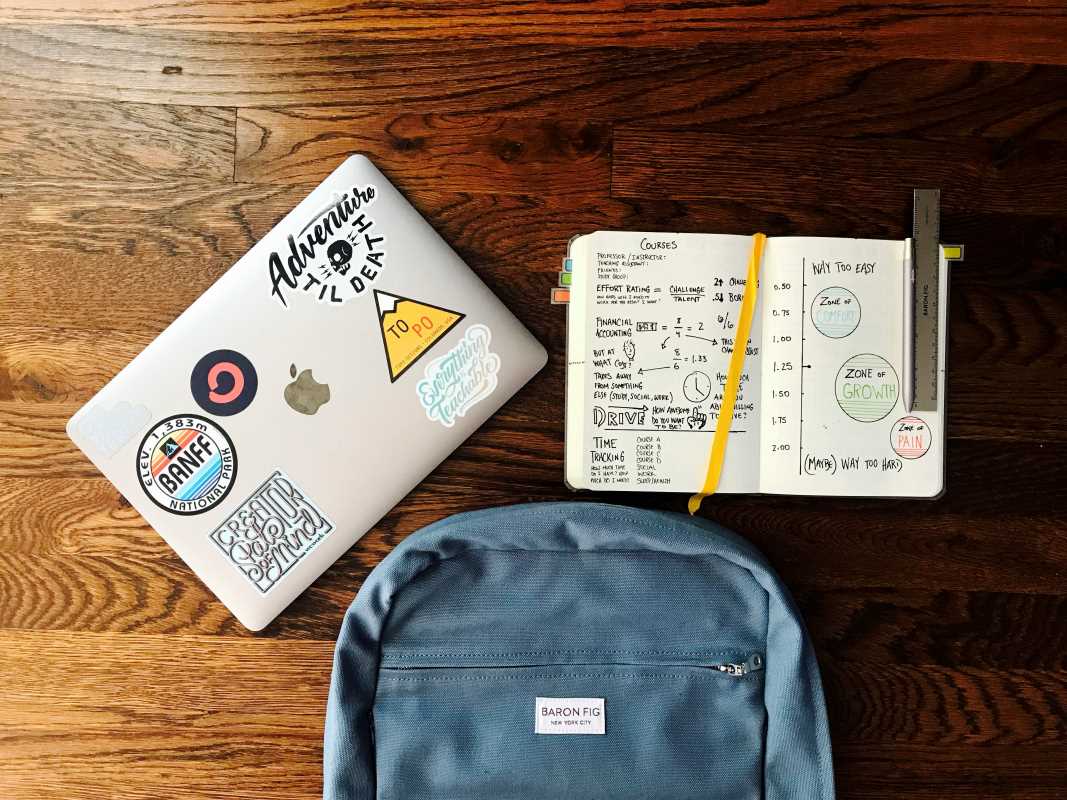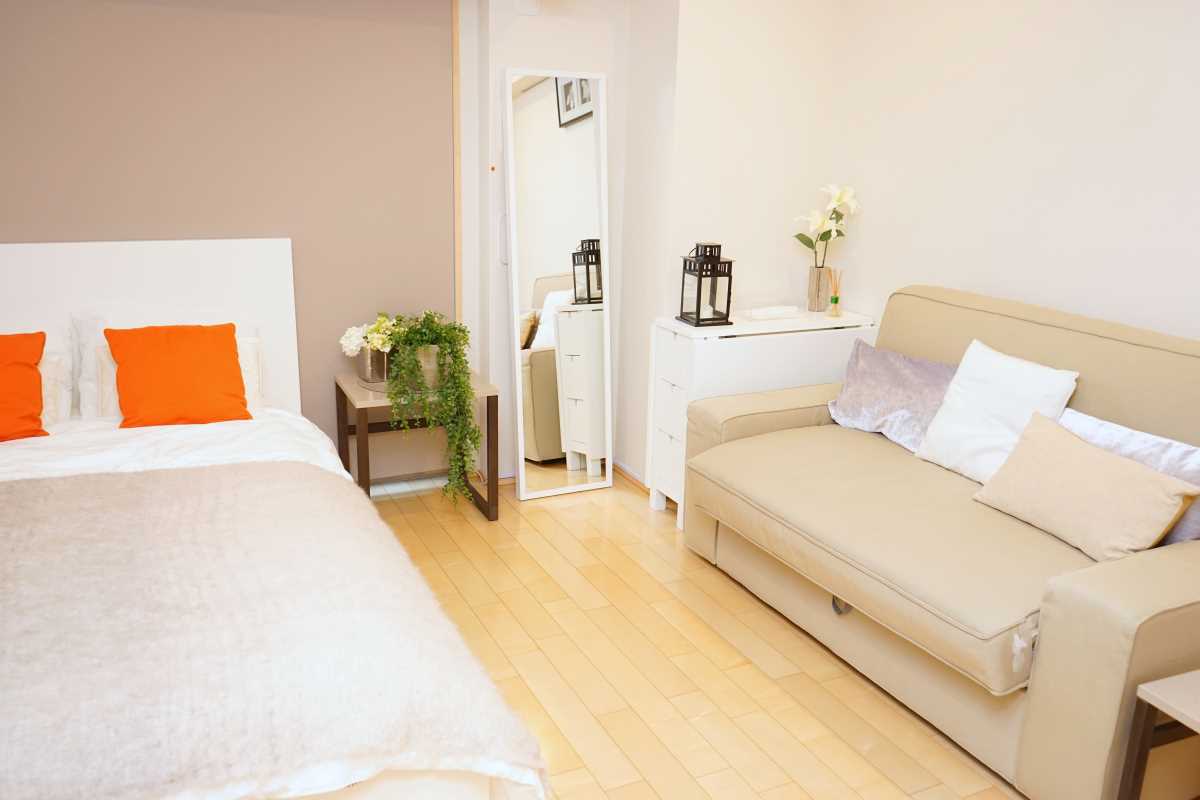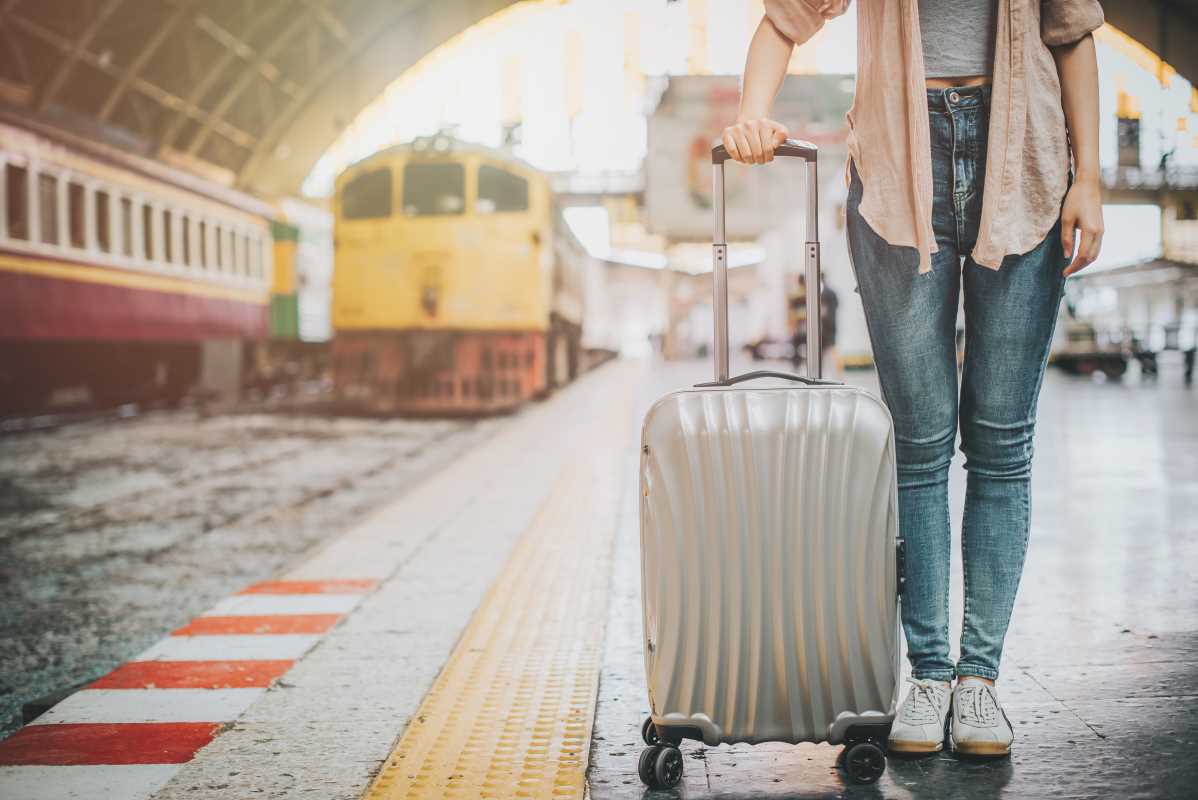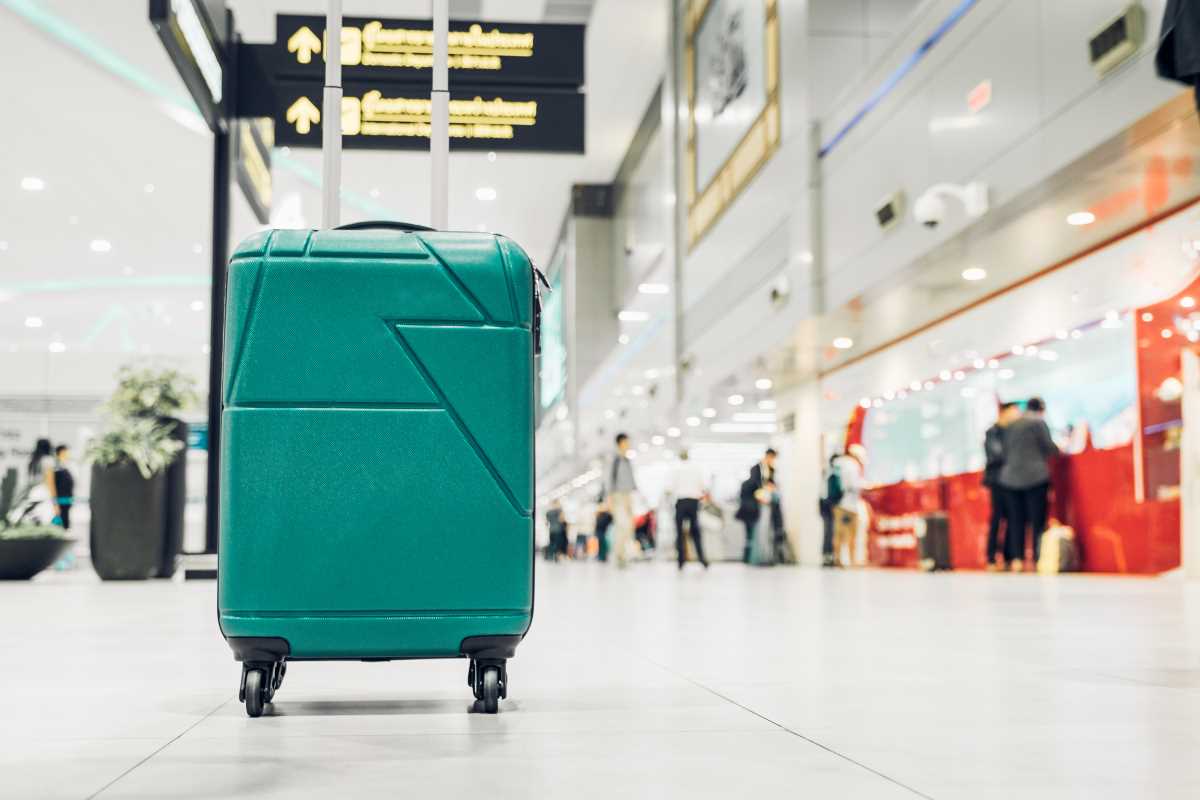Traveling through Europe as a backpacker is a dream for many, offering the chance to explore diverse cultures, iconic landmarks, and stunning cities. It’s an adventure of freedom and discovery, but also one that requires planning and adaptability. For first-time backpackers, Europe presents a unique blend of excitement and challenge, from navigating bustling cities to managing budgets. This guide will equip you with the knowledge to embark on your European backpacking journey confidently.
Packing Light Without Sacrificing Essentials
When backpacking through Europe, less is more. Lugging around an oversized bag will quickly become tiresome as you navigate cobblestone streets, climb stairs in historic train stations, or board crowded buses. Choose a versatile backpack with compartments to keep your items organized, ideally one that meets airline carry-on size requirements to save on baggage fees.
Pack lightweight, multipurpose clothing you can layer for different climates. A few mix-and-match outfits, a rain jacket, and comfortable shoes are must-haves. Don’t forget a small daypack to carry essentials like your passport, water bottle, and snacks when exploring cities.
Leave room for souvenirs but avoid overpacking. Laundry services are easy to find in Europe, so you can refresh your clothes along the way rather than bringing your entire wardrobe.
Creating a Flexible Itinerary
While having a rough plan is essential, the magic of backpacking lies in its spontaneity. Choose a mix of must-visit destinations and allow time for off-the-beaten-path discoveries. Europe’s well-connected train and bus systems make it easy to adjust plans on the fly.
Start by identifying the cities or regions you want to visit and research travel routes. Apps like Eurail and Omio are invaluable for planning transportation, while hostel booking platforms help you secure accommodations in advance. Keep your plans flexible to take advantage of local recommendations or unplanned opportunities.
Managing Your Budget
Budgeting is often a top concern for backpackers, but Europe can be surprisingly affordable if you plan wisely. Start by deciding on a daily budget that accounts for accommodation, food, transportation, and activities. Hostels, budget hotels, and short-term rentals are excellent options for affordable stays, and many hostels offer free breakfasts.
Street food, local markets, and small cafés provide authentic and budget-friendly meals. In cities like Lisbon, Budapest, and Krakow, you’ll find excellent food at low prices, while cities like Paris and London may require more budgeting for dining. Cooking your own meals in hostel kitchens is another great way to save.
Traveling by train or bus can be economical, especially with the Eurail Pass, which offers unlimited train travel across participating countries. Low-cost airlines like Ryanair and Wizz Air are also popular for hopping between distant cities, but be wary of additional baggage fees.
Cultural Awareness and Local Etiquette
Europe is a patchwork of cultures, each with its own traditions and customs. As a traveler, respecting local norms will enrich your experience and help you connect with locals. Research basic etiquette for each country, such as tipping practices, greetings, and dress codes for religious sites.
Learning a few phrases in the local language, such as “hello,” “please,” and “thank you,” goes a long way in building rapport. Apps like Duolingo can help you pick up key phrases quickly.
When visiting landmarks or cultural sites, be mindful of dress codes or behavior rules, especially in churches, mosques, or other sacred spaces.
Safety Tips for Traveling Solo or in Groups
Europe is generally safe for backpackers, but it’s important to stay vigilant, especially in crowded tourist areas where pickpocketing is common. Use a money belt or hidden pouch to store important items like your passport, credit cards, and cash.
When booking accommodations, prioritize locations with positive reviews for safety and cleanliness. Many hostels have lockers for securing valuables—don’t forget a small padlock.
Share your travel plans with family or friends back home, and check in regularly. Carry a photocopy of your passport or keep a digital copy in your email as a backup. Avoid flashing expensive electronics or large amounts of cash in public.
Using Public Transportation
Navigating Europe’s extensive public transportation network can be intimidating at first, but it’s a cost-effective and efficient way to travel. Metro systems in cities like Paris, Berlin, and Barcelona are user-friendly and well-connected. Download apps for local transit systems to make planning easier.
For intercity travel, trains offer a comfortable and scenic way to get around. High-speed trains like France’s TGV or Spain’s AVE can whisk you between major cities in hours, while regional trains are great for exploring smaller towns. Buses, like those operated by FlixBus, are an affordable alternative for budget travelers.
Maximizing Your Sightseeing Experience
Europe is filled with iconic landmarks, but it’s also a continent of hidden gems waiting to be discovered. Plan your visits to major attractions like the Eiffel Tower or the Colosseum early in the day to avoid long queues. Many cities offer free walking tours, which are an excellent way to learn about history and culture while meeting fellow travelers.
Invest in city passes, like the Paris Museum Pass or Barcelona Card, to save on entry fees and skip the lines at popular sites. Explore lesser-known neighborhoods and local markets for a more authentic experience.
Staying Connected on the Go
Thanks to Wi-Fi and international data plans, staying connected is easier than ever. Many European cities offer free Wi-Fi in public areas, and hostels or cafés are reliable hotspots. Consider purchasing a local SIM card for affordable data or using an international roaming plan from your carrier.
Apps like Google Maps, Rome2rio, and WhatsApp are essential for navigation, planning, and staying in touch. Offline maps are also handy for when you don’t have internet access.
Embracing the Backpacker Mindset
Backpacking through Europe is as much about the journey as it is about the destinations. Embrace a flexible, open-minded attitude and be prepared for unexpected changes. Travel delays, language barriers, or cultural differences can be frustrating, but they’re all part of the adventure.
Take time to soak in the experience—whether it’s sipping coffee at a Parisian café, wandering through the streets of Prague, or marveling at the natural beauty of the Swiss Alps. Traveling light isn’t just about what’s in your backpack; it’s about carrying a sense of curiosity and wonder wherever you go.
Backpacking through Europe offers endless opportunities for exploration and discovery. With thoughtful preparation, smart budgeting, and an open heart, you’ll create memories that will last a lifetime. From the bustling streets of Rome to the tranquil canals of Amsterdam, every step of your journey will bring new perspectives and adventures.
By packing light, planning flexibly, and immersing yourself in the local culture, your first European backpacking trip can become the adventure of a lifetime.
